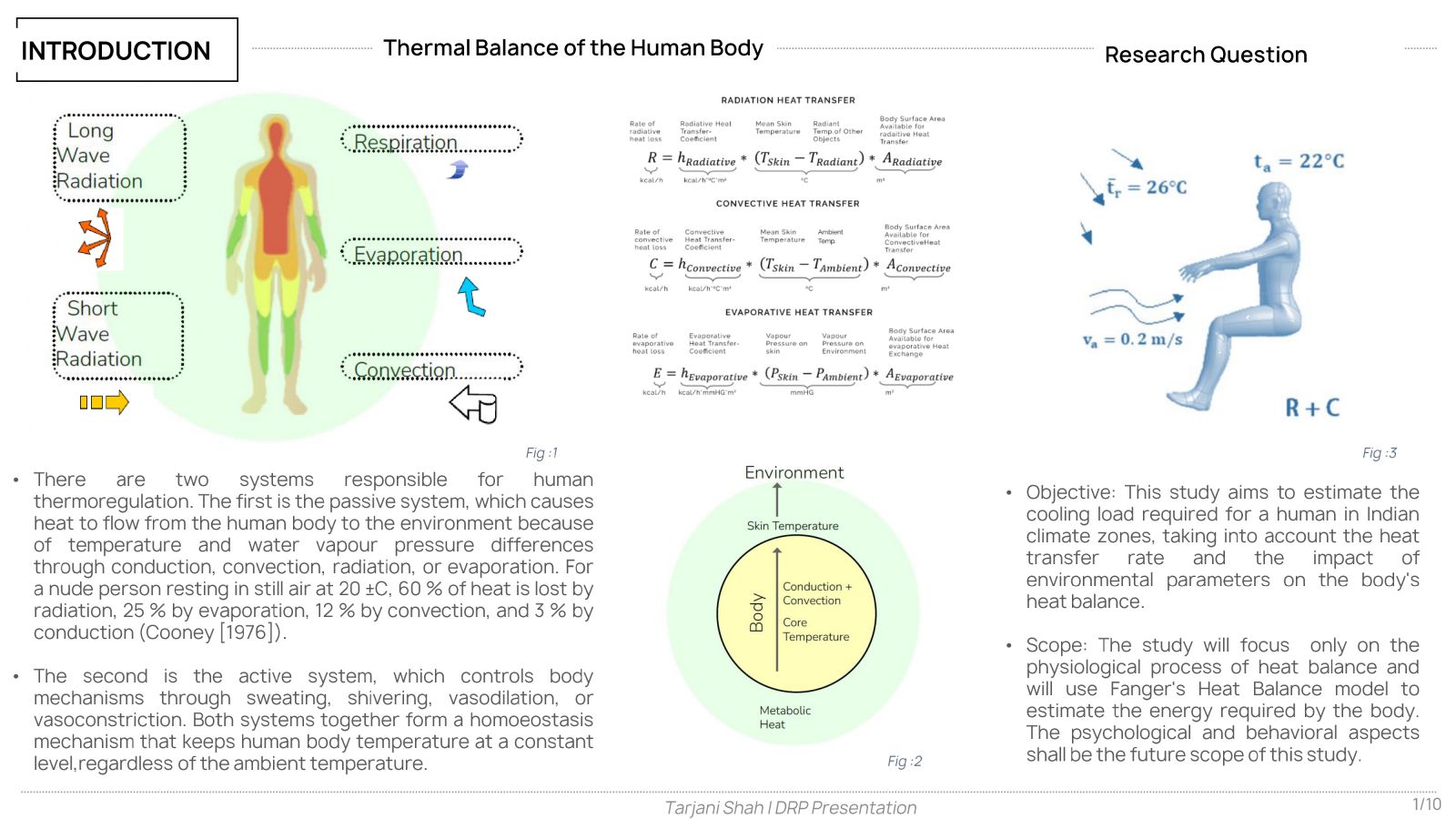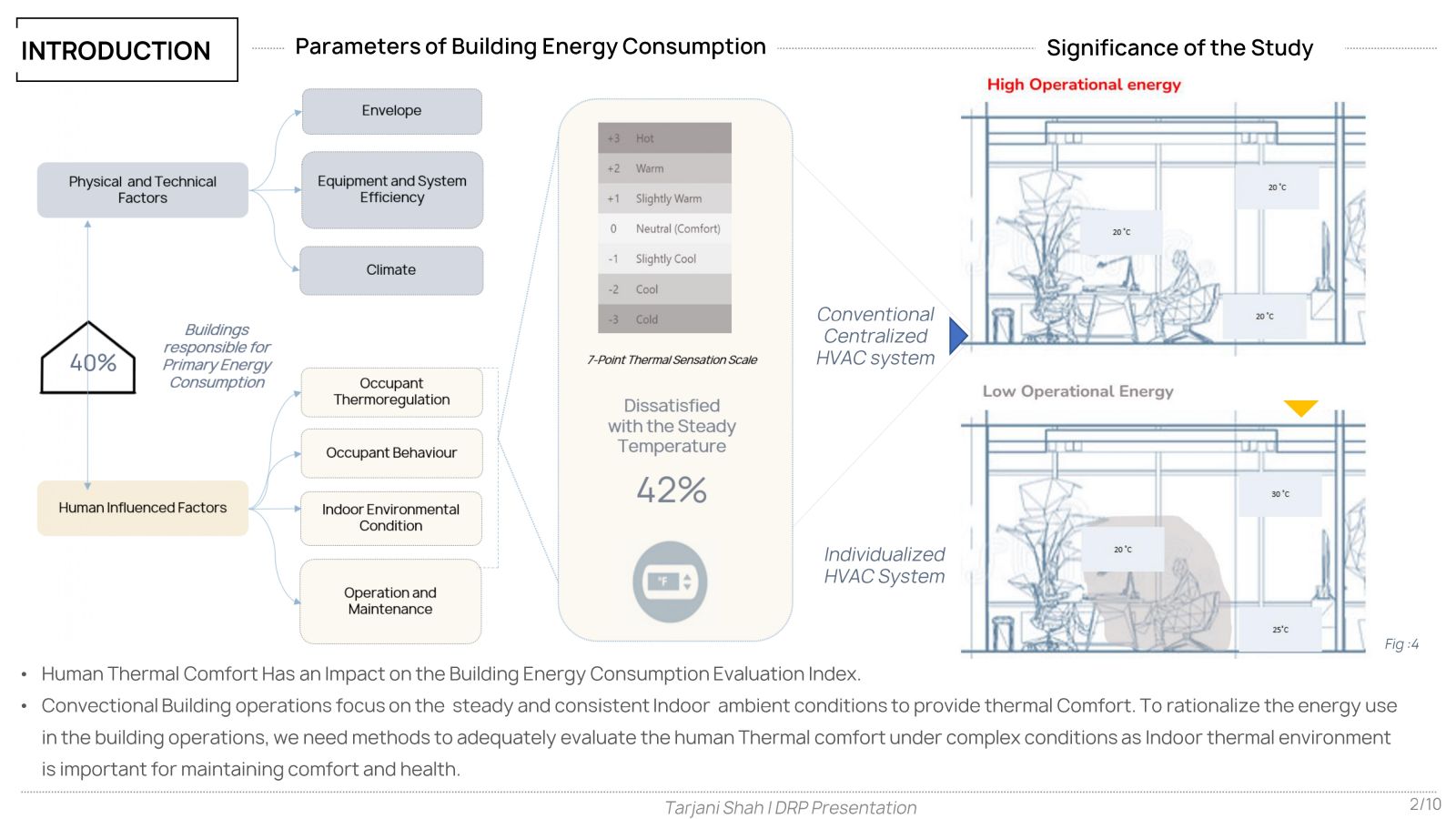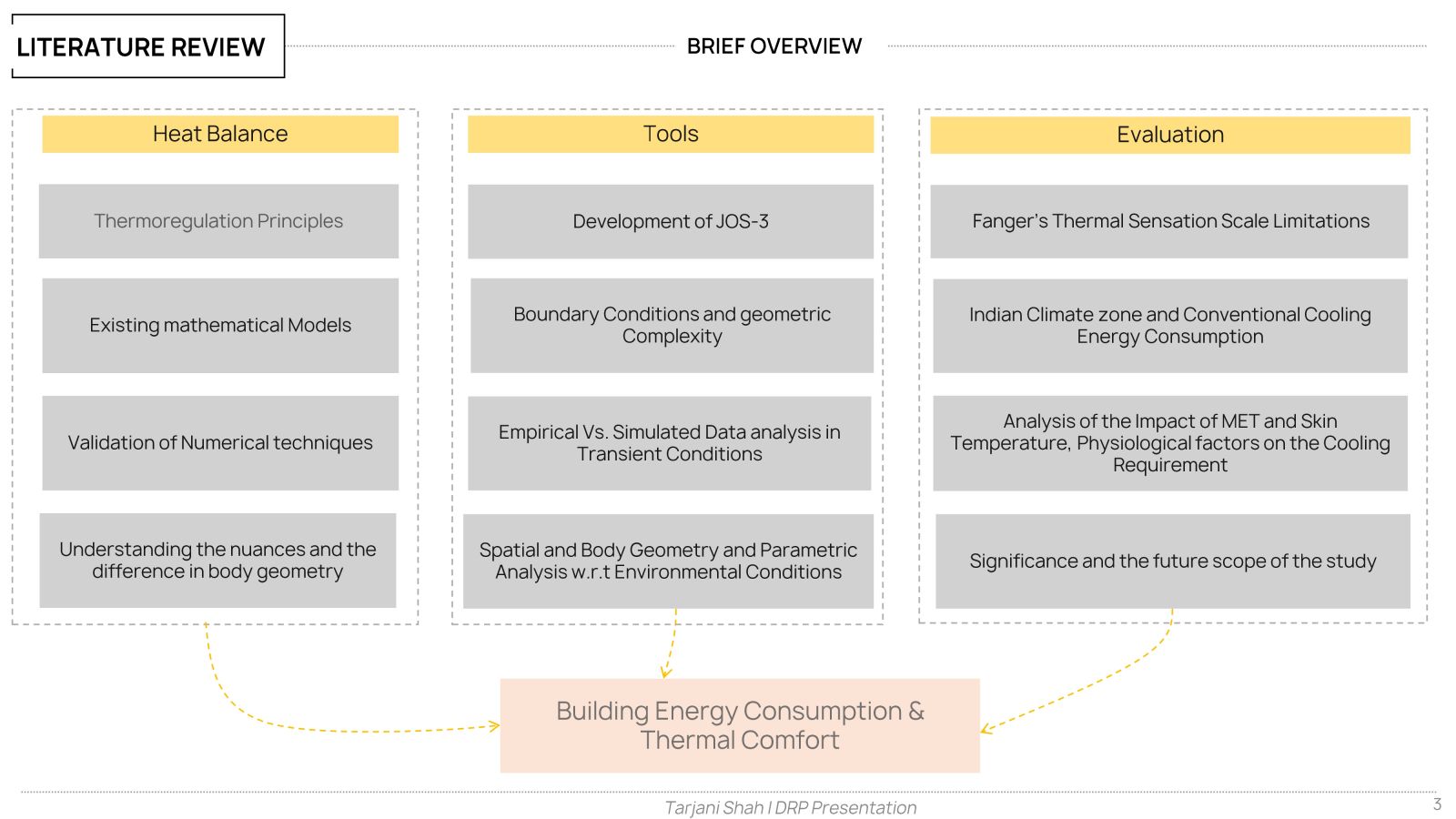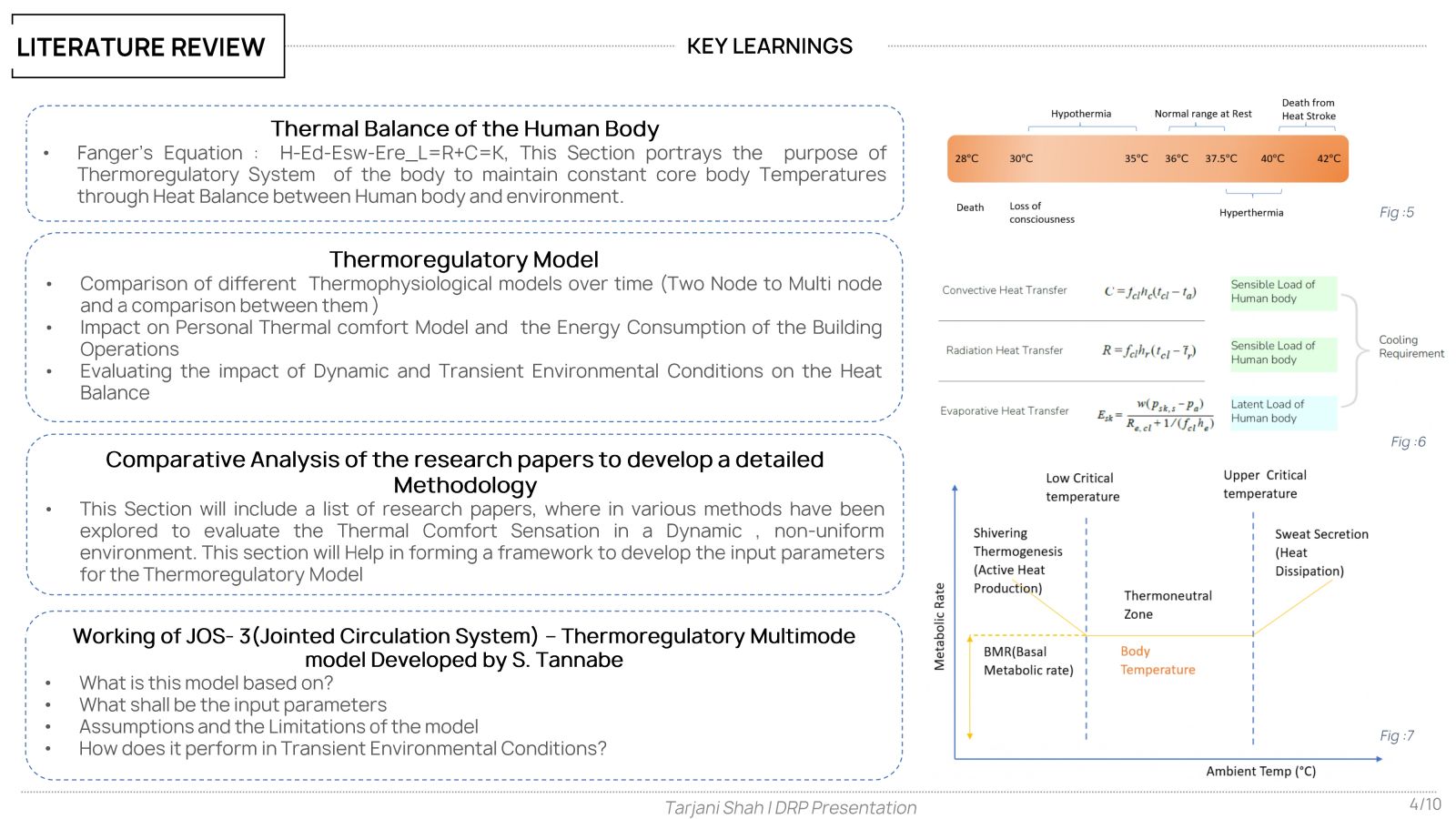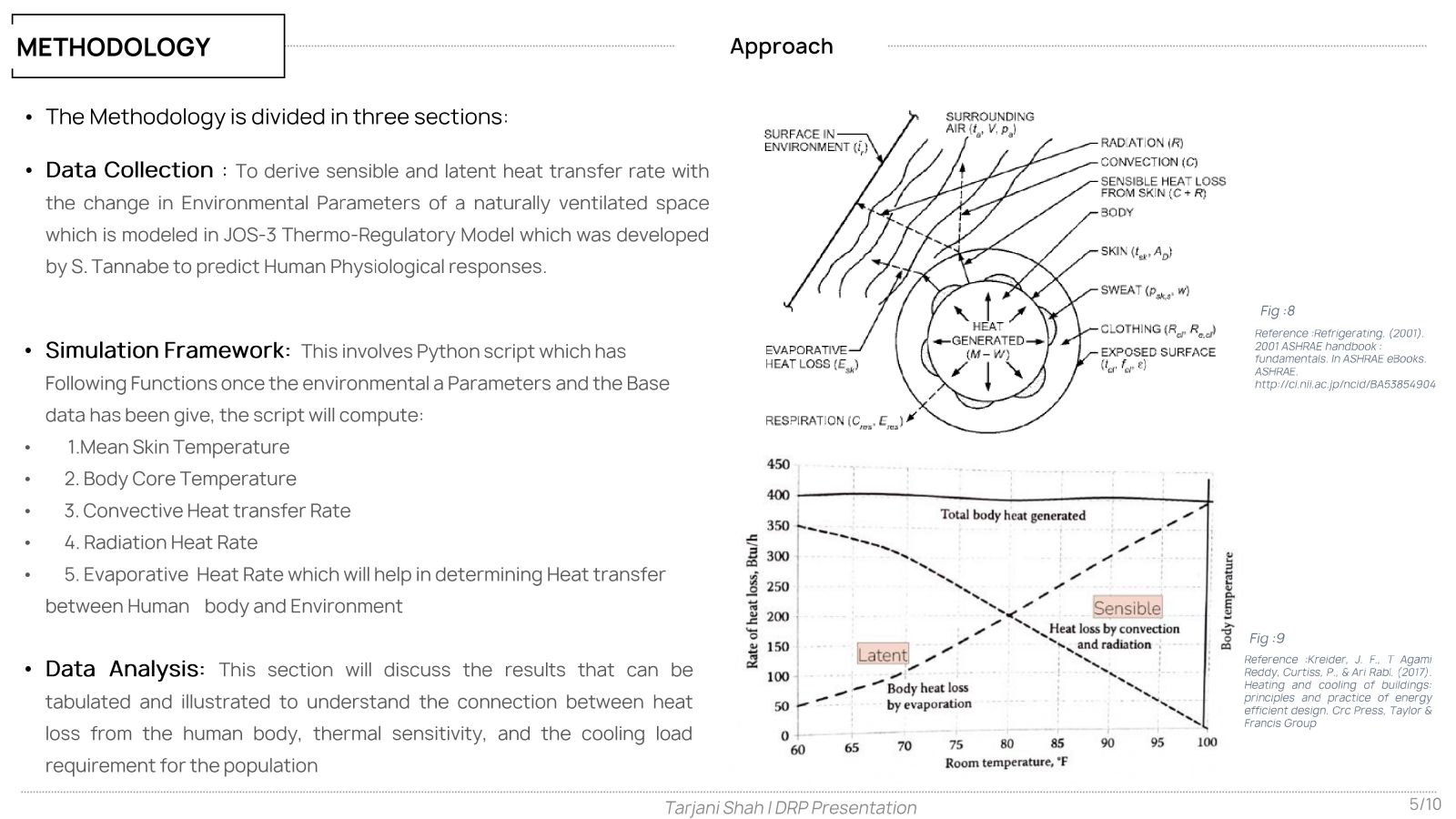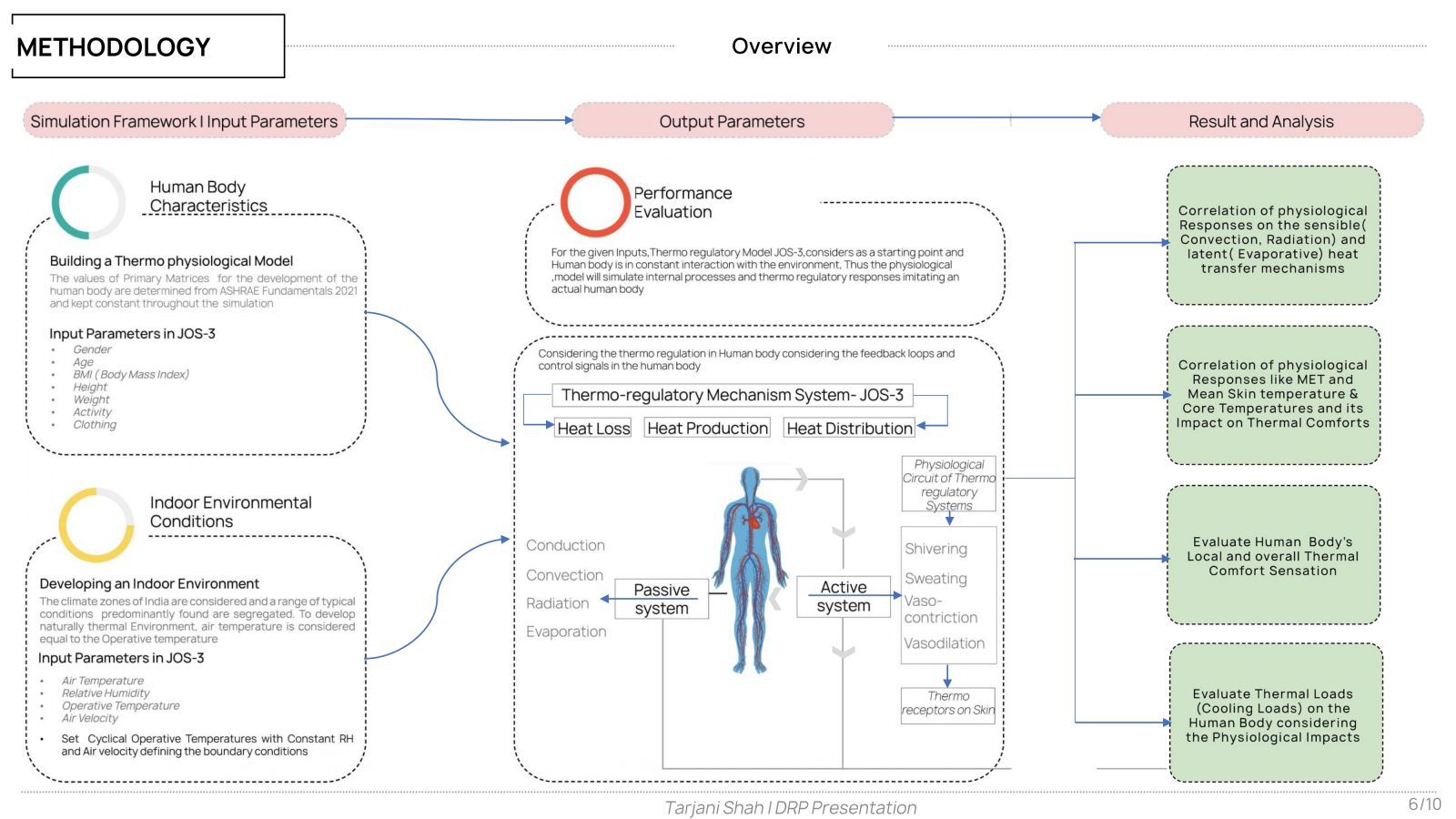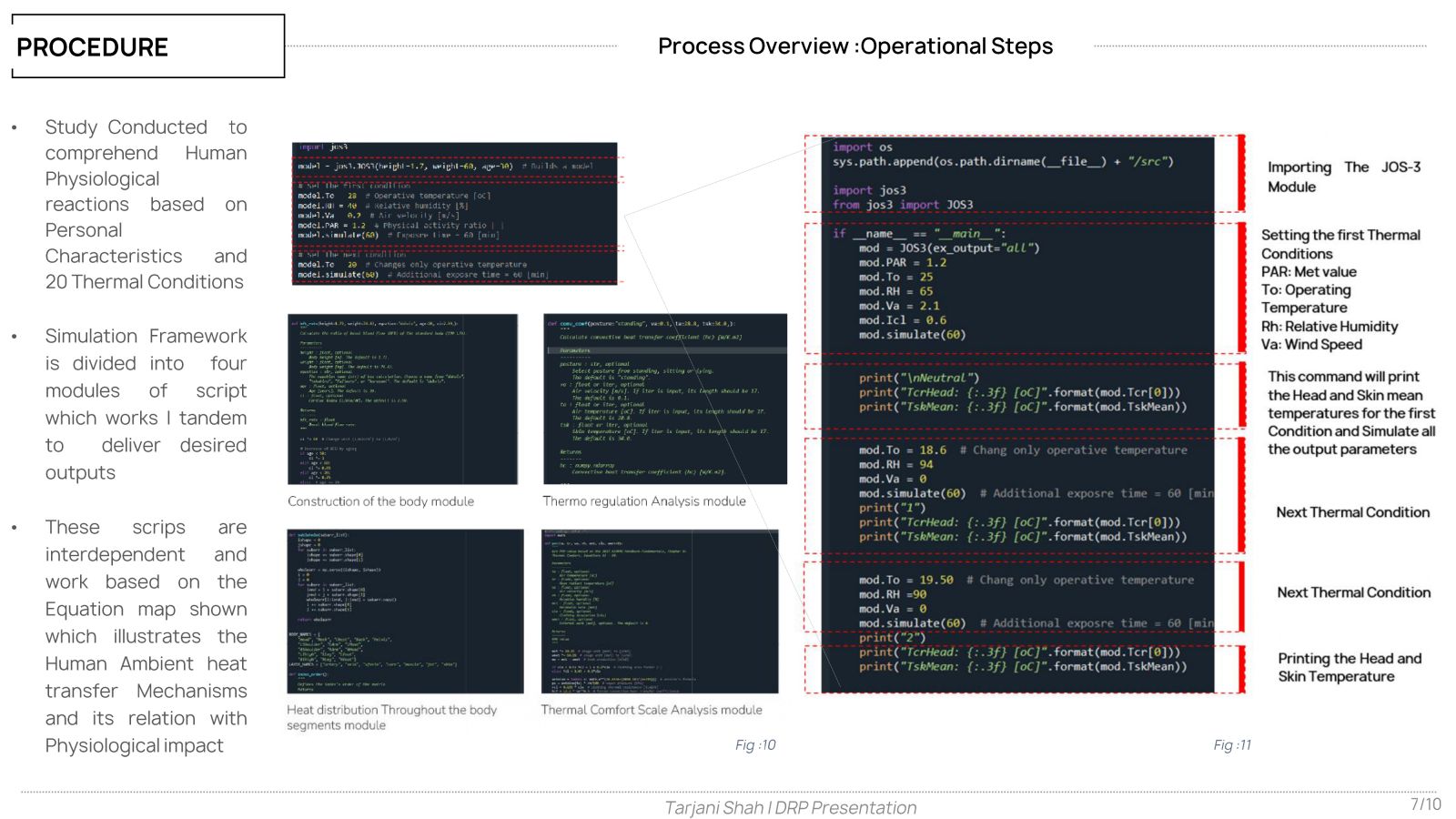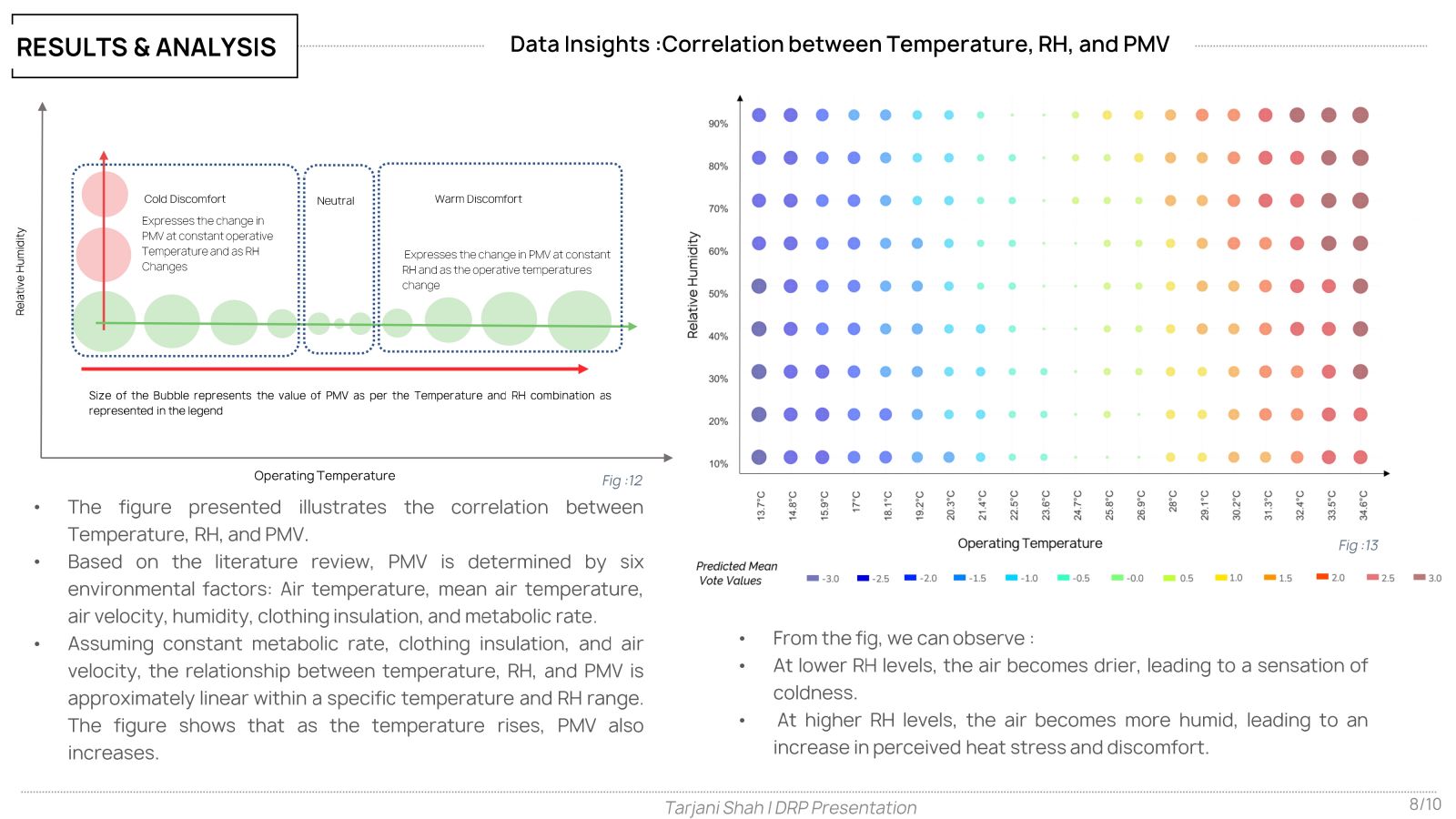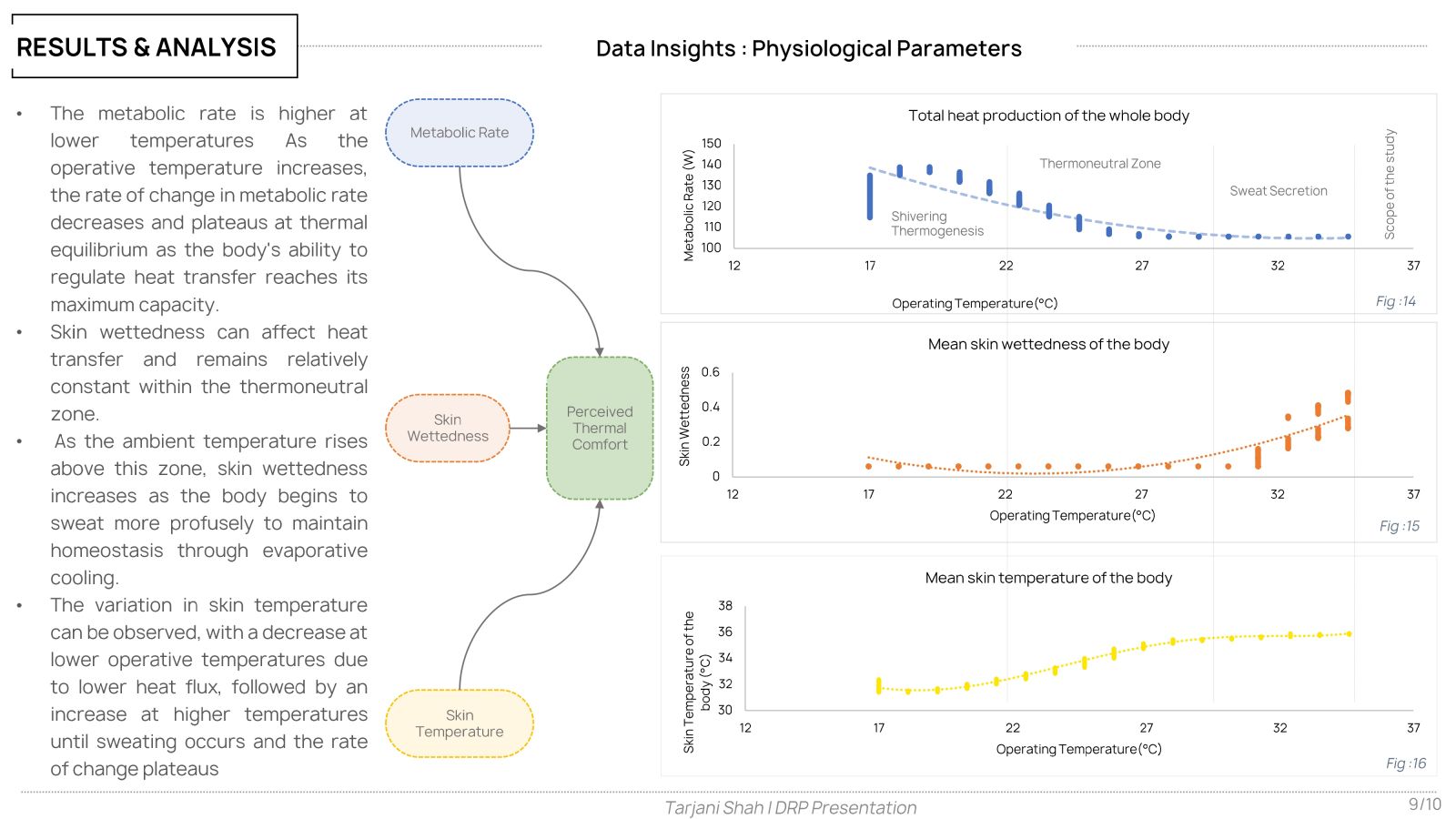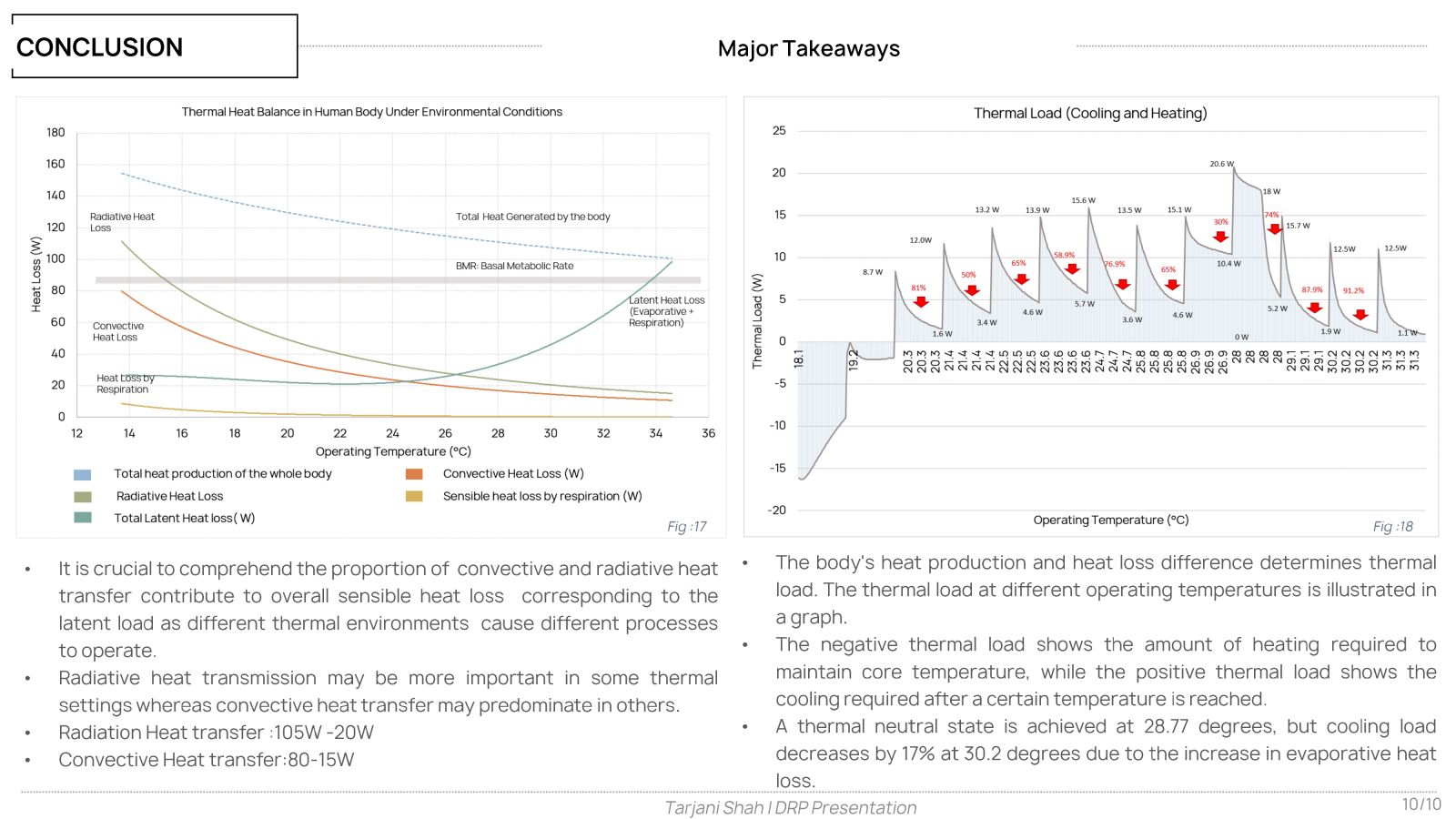Your browser is out-of-date!
For a richer surfing experience on our website, please update your browser. Update my browser now!
For a richer surfing experience on our website, please update your browser. Update my browser now!
Standard heating, ventilation, and air-conditioning (HVAC) systems are designed to cool the entire building's volume. Regardless of how precisely regulated the thermal environment is, discomfort is still observed in the occupants' thermal comfort due to interpersonal thermal differences among occupants' thermal preferences depending on their clothing level, Activity type, and physiological responses to the environment. Standards have integrated the whole-body Comfort Model- Predicted Mean Vote (PMV) comfort model developed by Fanger (1970) derived from empirical data pertaining to the physics of Heat transfer and have limited significance in non-homogenous environments as it may overestimate the heat production of the human body and misinterpret the energy demand. Therefore, this study emphasizes the need to investigate individual passive heat transfer mechanisms as an effect of physiological regulatory Controls.
